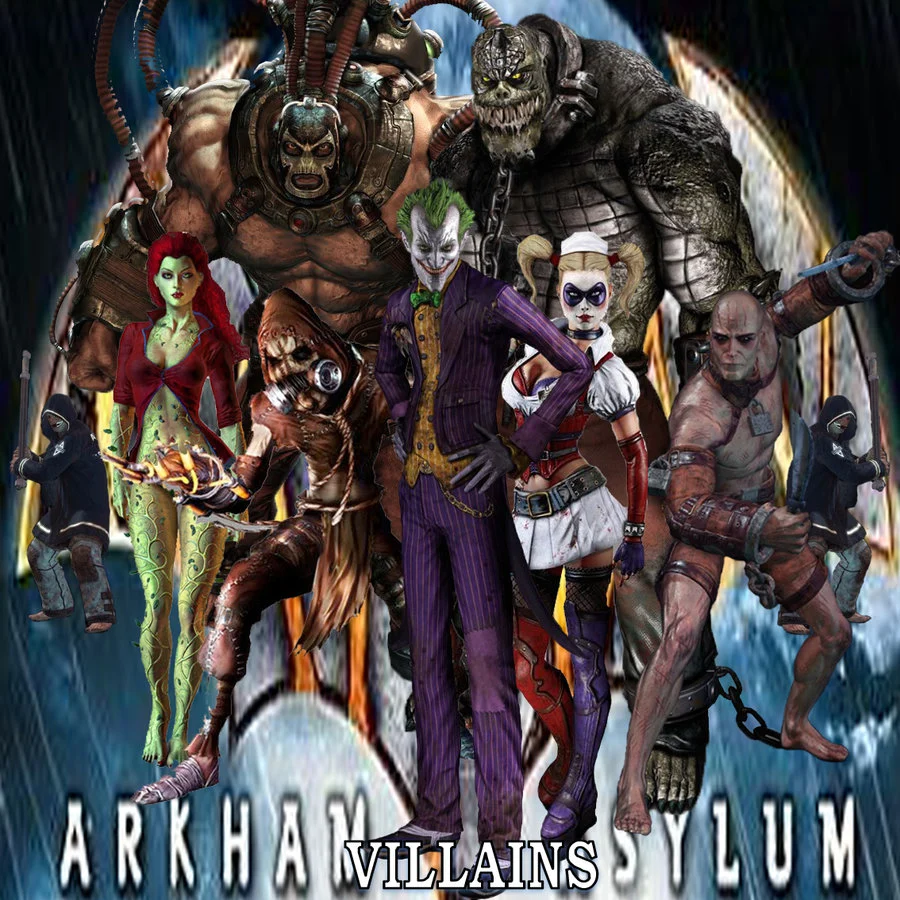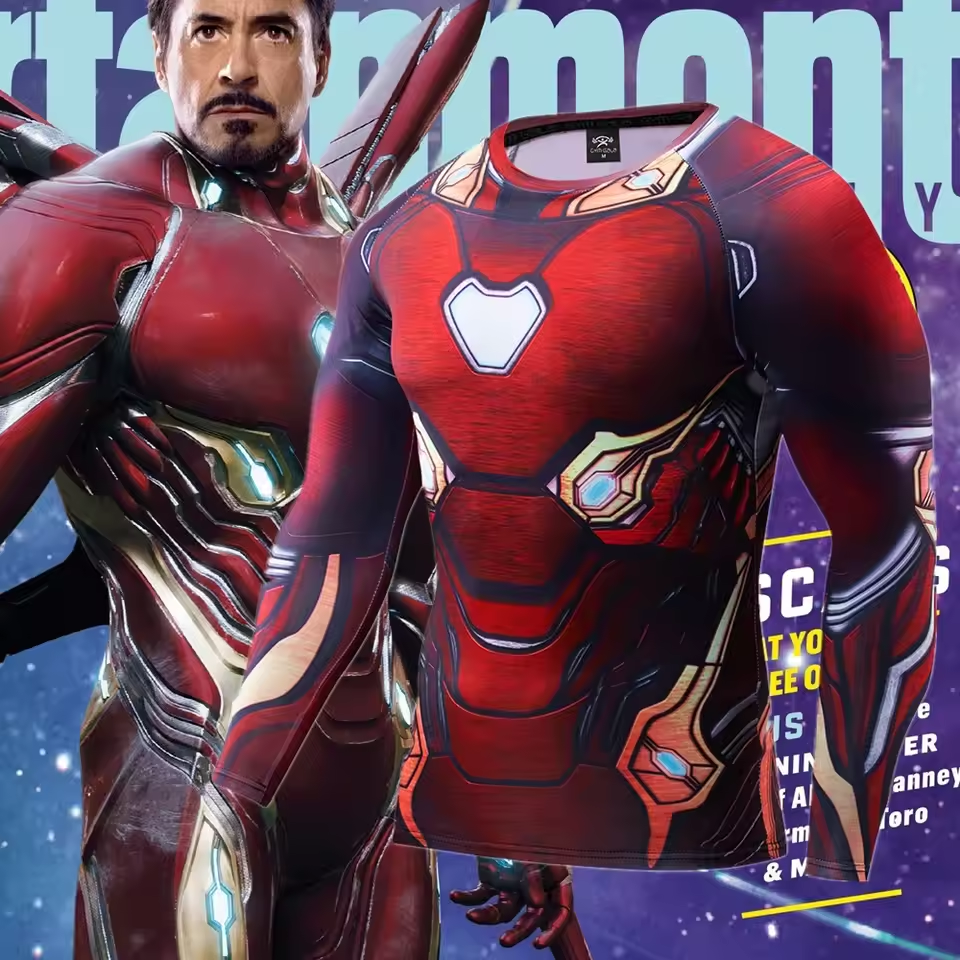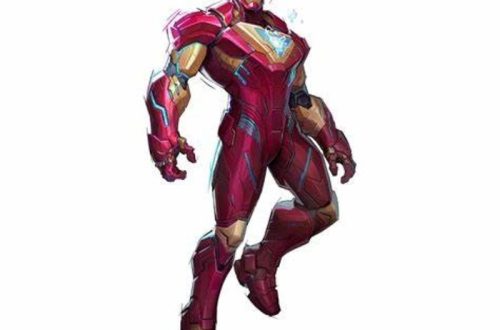Introduction
Batman, an enduring icon of comic book culture, stands out with his expansive rogues gallery of villains. Ever since his debut in 1939, Batman has faced an astonishing array of adversaries. These antagonists each bring unique motivations, psychological depth, and thematic relevance to his story. Together, they shape Batman’s world in profound ways, challenging his morals and skills as a hero.
This article aims to explore all Batman villains, diving deep into their histories, characteristics, and significance. We’ll also touch upon their adaptations in comics, films, and animated series. Whether you are a dedicated comic book fan, a casual viewer, or even a collector, this guide will provide a thorough examination of Gotham’s infamous rogues. Let’s journey through the shadows of Gotham and shed light on its most notorious villains.
What Makes Batman Villains Unique?
Batman is often surrounded by villains that are not only menacing but also rich in complexity. Unlike many superhero foes, Batman villains often embody psychological struggles that resonate with audiences. Here’s what sets these characters apart:
1. Complex Motivations
Many Batman villains emerge from personal traumas or crises, making them relatable on some level. For instance, the Joker represents chaos and anarchy stemming from deep-seated trauma, while Scarecrow uses fear as a weapon, reflecting his own dread. These multilayered motivations often lead to morally ambiguous situations, blurring the lines between good and evil.
2. Psychological Depth
The psychological intricacies of Batman’s enemies add layers to their personalities. Characters like Two-Face and Harley Quinn showcase how mental illness can transform individuals. Discussing their backstories reveals how their personal experiences return them to villainy time and again. This depth invites readers to empathize with or understand these characters, creating a compelling narrative.
3. Symbolism and Allegory
Many villains symbolize societal issues or personal struggles. For instance, Poison Ivy emphasizes environmentalist themes, standing against humanity’s destruction of nature. In contrast, Riddler represents the challenge of intelligence, showcasing how knowledge can be used for good or evil. This symbolism resonates, making them more memorable and impactful.
4. Strong Character Design
Batman’s villains are visually distinctive. From the Joker’s maniacal grin to Catwoman’s sultry outfit, character designs evoke their personalities and traits. These iconic looks make them instantly recognizable and contribute to their status in pop culture.
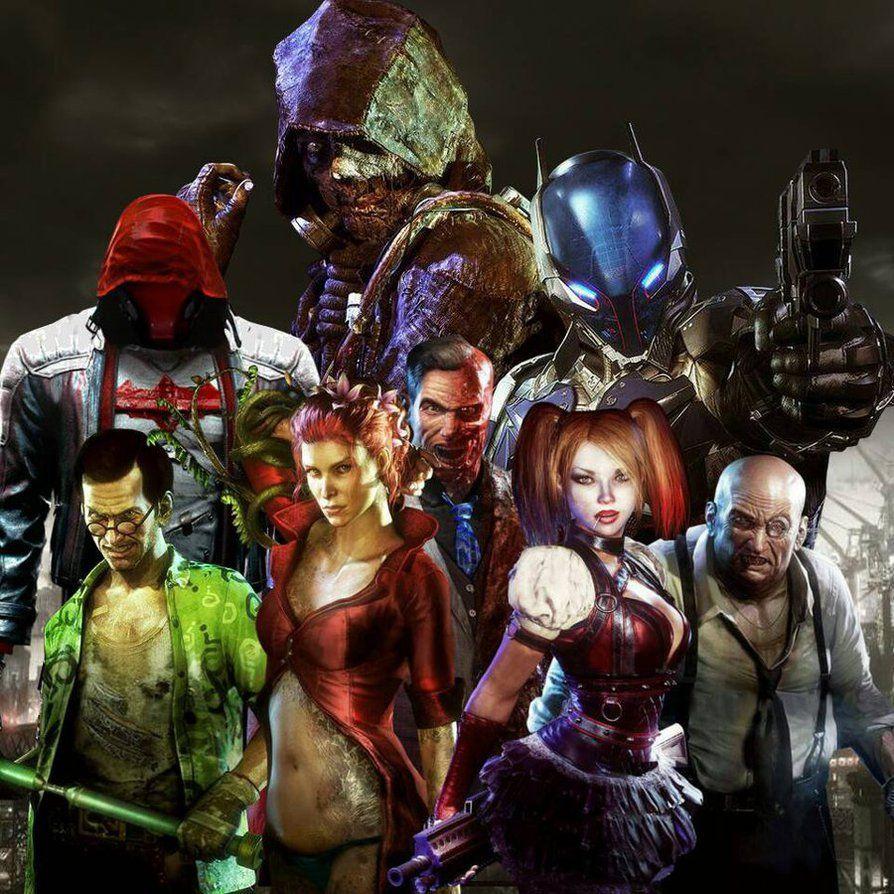
Overview of All Batman Villains
Batman has faced countless villains over the decades. Below is a categorized list of significant Batman villains that highlights their traits and impacts.
Major Villains by Category:
1. Psychopaths
– Joker: The arch-nemesis of Batman, representing chaos and unpredictable violence.
– Harley Quinn: The Joker’s former psychiatrist turned partner-in-crime, embodying manic energy and devotion.
2. Master Strategists
– Riddler: Known for his elaborate puzzles, he challenges Batman’s intellect.
– Hush: A master manipulator with ties to Bruce Wayne’s past.
3. Physical Threats
– Bane: A formidable foe noted for his physical strength and tactical mind.
– Killer Croc: A criminal with reptilian features known for his brute force.
4. Environmental Threats
– Poison Ivy: An eco-terrorist who controls plants and promotes environmental issues.
– Mr. Freeze: Driven by a desire to save his dying wife, he uses cryogenic technology.
5. Mystical and Supernatural
– Ra’s al Ghul: An immortal leader seeking to purify Earth through drastic methods.
– Enchantress: A sorceress who poses significant magical threats.
This categorization showcases the diverse range of villains that Batman has to contend with and the varied thematic elements they introduce to the narratives.
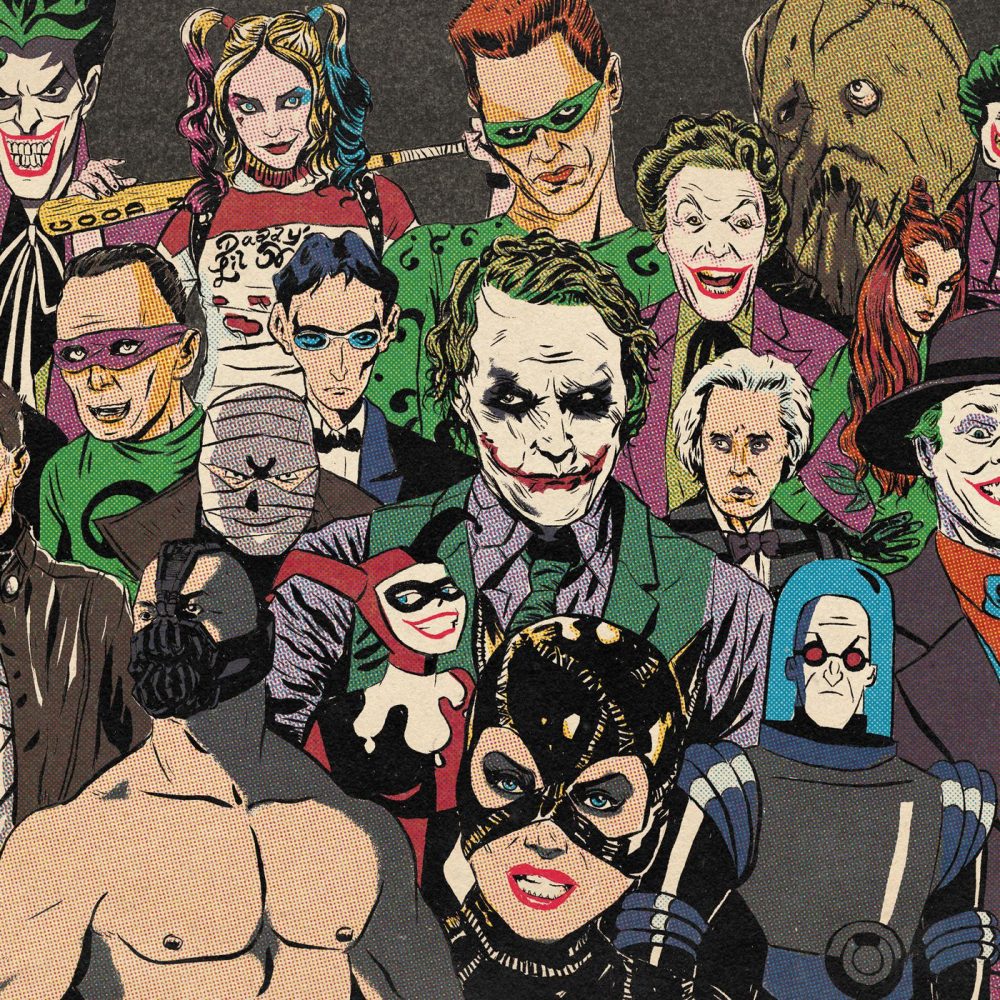
Iconic Batman Villains
While Batman faces many foes, a select few stand out due to their prominence or unique characteristics. Let’s look at some of the most iconic:
1. The Joker
The Joker is perhaps the most recognizable Batman villain. Introduced in Batman 1, this psychopathic clown has no real motive besides chaos. His relationship with Batman is deeply complex, often illustrating the fine line between heroism and villainy. The Joker’s unpredictable nature challenges Batman’s moral compass, making him an unforgettable character in the DC universe.
2. Catwoman
3. The Riddler
Eddie Nygma, also known as the Riddler, is obsessed with puzzles and riddles. He often believes he is intellectually superior to Batman. This antagonism creates cerebral challenges for the Dark Knight. The Riddler’s elaborate schemes and insights into Batman’s psyche make him a formidable foe.
4. Bane
Bane made a significant splash in the “Knightfall” storyline, where he famously broke Batman’s back. His physical power and cunning tactics make him a unique force in Gotham. Bane embodies both brute strength and strategic planning, making him an impressive adversary.
5. Harley Quinn
Originally created as the Joker’s sidekick, Harley Quinn has grown to become a fan-favorite character in her own right. Her unpredictable behavior and complex relationship with the Joker present themes of love and loyalty. Harley’s transformation into an anti-heroine reflects her journey toward independence.
These characters exemplify the depth and variety present within Batman’s rogues gallery. Each villain holds a mirror to Batman’s psyche, offering a different aspect of the eternal struggle between good and evil.
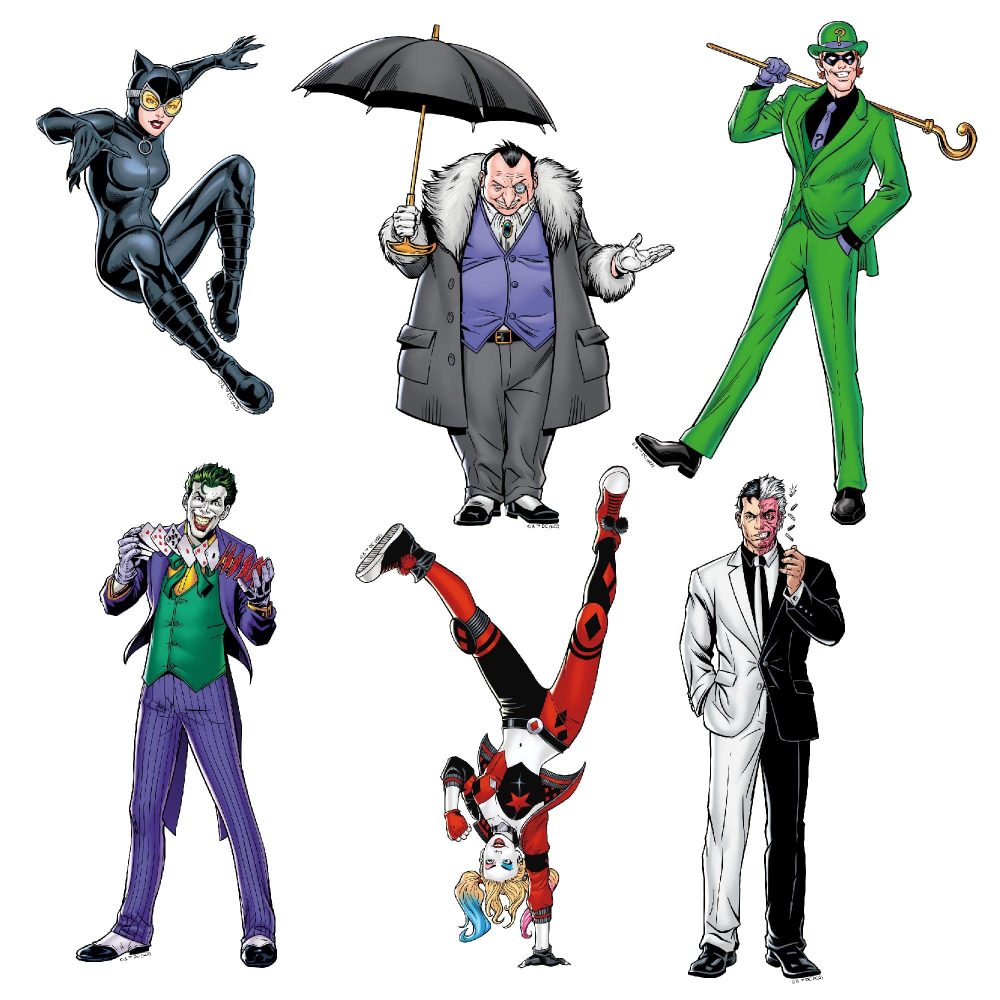
Batman Villains in Different Mediums
Batman villains have captivated audiences in various mediums, ranging from comic books to movies, animated series, and video games. Each medium offers a unique interpretation of these characters:
1. Comic Books
Batman began his journey in comic books, and villains like the Joker and Catwoman made their first appearances on these pages. The comic book medium allows for extensive character development and complex story arcs. Iconic storylines like “The Killing Joke” and “The Long Halloween” have brought significant depth to these antagonists.
2. Movies
Batman villains have frequently been brought to life in films. The 1989 “Batman” introduced audiences to Jack Nicholson’s Joker, while Heath Ledger’s Oscar-winning performance in “The Dark Knight” redefined the character. Recent films like “The Batman” feature new interpretations, reinvigorating the franchise and introducing new audiences to classic villains.
3. Animated Series
Animated series have played a significant role in shaping modern perceptions of Batman villains. Shows like “Batman: The Animated Series” produced character-defining moments for many villains, such as Harley Quinn. These adaptations often provide a more accessible platform for younger audiences while maintaining the essence of the characters.
4. Video Games
The “Batman: Arkham” video game series revitalized interest in many villains and introduced innovative gameplay that makes battling these characters thrilling. Games feature memorable portrayals of classic foes like Bane, Scarecrow, and Poison Ivy. The series has both broadened and deepened players’ appreciation of the Dark Knight’s adversaries.
Overall, the portrayal of Batman’s villains across different mediums highlights their versatility and enduring popularity.

Conclusion
Batman’s rogues gallery is rich, diverse, and psychologically complex. Each villain contributes significantly not just to Batman’s narrative but also to the overarching themes of justice, morality, and redemption. From the iconic Joker to complex characters like Catwoman and Bane, all Batman villains possess unique stories that captivate audiences.
Exploring their depths and intricacies offers insight into what makes Batman one of the most enduring and beloved characters in comic book history. Whether you’re a comic book fan, a casual viewer, or a collector, understanding these villains enhances your appreciation of the Batman universe. Take a deeper dive into the world of Gotham’s villains, and discover your favorites along the way!
